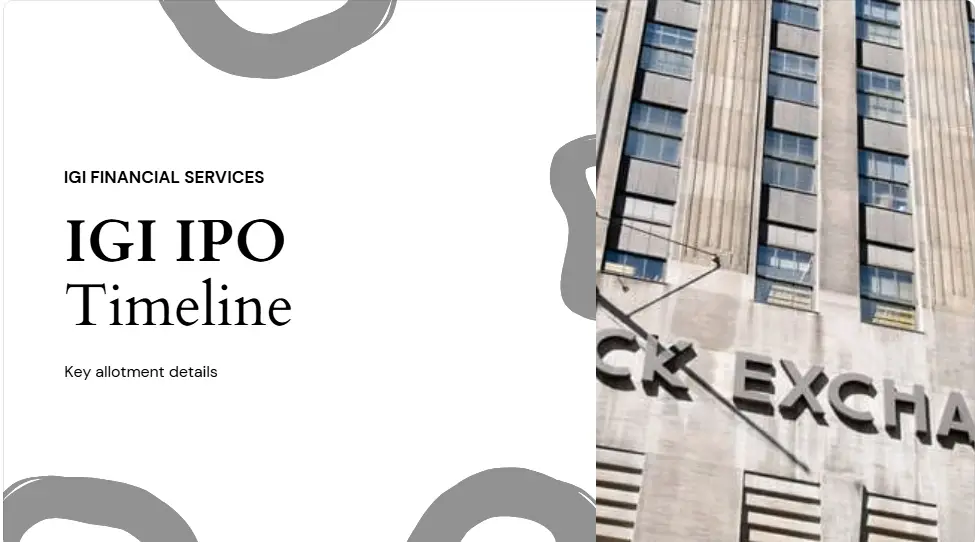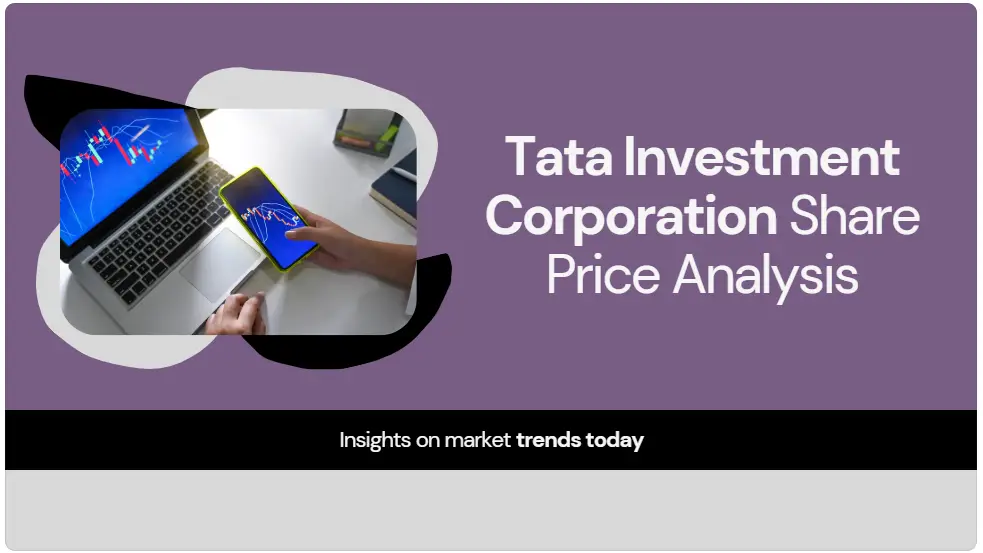
Nifty Healthcare Index: Your Investor's Complete Guide to 2025
Up to 20 significant, exchange-listed healthcare companies' share prices are tracked by the Nifty Healthcare Index. Its market capitalization approach is free-float. Reviews that are semi-annual (due dates: January 31 and July 31) make sure that the changing market environment is reflected in this index. The combined weight of the top three stocks cannot above 62% during each rebalancing, and no single stock may exceed 33%.
Stock List & Weightages (May 2025)
Complete Nifty Healthcare Index Composition:
| Rank | Company Name | Weightage | Price (₹) | Market Segment |
|---|
Total Market Capitalization: ₹18,43,118.65 crores
Top Weighted Stocks (Above 5%)
| Rank | Company Name | Weightage |
|---|
Weightage Distribution Chart
Hidden Investment Ideas: What Other Articles Fail to Explain
1. The "Weightage Trap" Phenomenon
While many investors focus solely on high-weighted stocks, smart money often looks elsewhere:
- Mid-cap Multipliers: Stocks ranked 10-15 can offer greater returns during bull periods.
- Rebalancing Beneficiaries: Stocks with 3-5% weightage often receive automatic buying pressure during quarterly rebalancing.
- Hidden Gems: Companies like Granules India (0.70%) might be potential takeover candidates.
2. Seasonal Investment Patterns
Healthcare stocks exhibit unique seasonal trends:
- Q4 (Jan-Mar): Often highest revenues due to insurance claim settlements.
- Monsoon Season: Increased demand for anti-infectives and vaccines.
- Winter Months: Volume picks up for respiratory care firms.
- Budget Time: Policy statements can cause industry-wide uncertainty.
3. The "Medical Tourism" Factor
Certain firms benefit significantly from India's growing $9 billion medical tourism sector:
- Apollo Hospitals: Approximately 20% of revenue from overseas patients.
- Max Healthcare: Expanding partnerships in the UAE.
- Fortis Healthcare: Known for cardiac surgeries for international patients.
Sector Analysis Beyond Numbers
Hospital Chains (14.24% of index)
Growth Drivers:
- Aging population (65+ growing at 3.5% per year).
- Insurance penetration projected to rise from 18% to 30% by 2030.
- Government's Ayushman Bharat scheme, insuring 500 million citizens.
Investment Edge:
- Regular revenue streams from insurance partnerships.
- Asset-light expansion via management contracts.
- Increased margins in specialized treatments.
Pharmaceutical Companies (84.34% of index)
Emerging Opportunities:
- Biosimilars Market: Expected to grow at 25% CAGR.
- Specialty Drugs: Offer greater margins and patent protection.
- Export Markets: Account for 60% of foreign sales revenues for many Indian pharma companies.
Innovation Pipeline Analysis - R&D Investment Leaders (% of Revenue)
Understanding R&D spending is key to identifying future growth.
- Biocon: 8.5% - Focused on biosimilars and insulin.
- Dr Reddy's: 7.2% - Biosimilars and complex generics.
- Sun Pharma: 6.8% - Dermatology specialty drugs.
- Cipla: 6.1% - Oncology and respiratory.
Patent Cliff Opportunities (2025-2030)
- Diabetes medications: A $15 billion market at stake.
- Cancer drugs: An $8 billion opportunity in biosimilars.
- Autoimmune treatments: A $12 billion generic opportunity.
Intelligent Investment Strategies
Portfolio Construction Strategies
Strategy 1: The "Barbell Approach"
- 70% in Top 5 stocks: For dividend stability and yield.
- 30% in ranks 11-20: For volatility and growth opportunities.
- Expected Returns: 12-15% annually with lesser risk.
Strategy 2: The "Theme Play"
- Aging Population Theme (40%): Apollo Hospitals + Max Healthcare + Fortis Healthcare.
- Export Champions (35%): Sun Pharma, Dr. Reddy's, Lupin.
- Innovation Leaders (25%): Biocon + Divis Laboratories + Syngene International.
Strategy 3: The "Defensive Healthcare"
- Concentration on Key Drugs: Cipla, Mankind Pharma, Alkem Laboratories.
- Rationale: Support from government initiatives, recession-proof demand.
- Risk Level: Low to moderate.
Timing Your Investments
Optimal Entry Points:
- Budget Season (February): Policy uncertainty can fuel temporary declines, offering buying opportunities.
- Quarterly Results: Consider buying 2-3 days before fundamentally strong companies report, anticipating positive news.
- Monsoon Season: Stock up before peak seasonal demand for relevant pharmaceuticals.
Red Flag Indicators:
- Regulatory Measures: FDA warnings, drug bans.
- Price Controls: Government intervention impacting drug prices.
- Currency Fluctuations: Affects export-oriented firms.
Risk Assessment Framework
Company-Specific Risk Matrix
| Risk Level | Company Examples & Reasons | Volatility Guide |
|---|---|---|
| High Risk |
Biocon: Faced regulatory delays in major markets. Laurus Labs: Client concentration risk. Granules India: Competitive pressure, smaller size. |
>25% |
| Medium Risk |
Aurobindo Pharma: FDA issues of non-compliance. Glenmark Pharma: Patent issues, debt concerns. IPCA Labs: Regulatory overhang. |
15-25% |
| Low Risk |
Abbott India: Steady nutrition business. Apollo Hospitals: Diversified healthcare services. Cipla: Strong local franchise. |
<15% |
Macro Risk Factors
- Regulatory Risks:
- Price Control: Around 30% of pharma revenues are under the Drugs (Prices Control) Order (DPCO).
- Quality Issues: FDA inspections leading to plant closures or warnings.
- Patent Issues: Generic competition eroding market share of branded drugs.
- Economic Risks:
- Currency Impact: Significant for companies with ~60% revenues from exports.
- Raw Material Costs: Volatility in Active Pharmaceutical Ingredient (API) prices.
- Health Spending: Changes in GDP allocation towards healthcare.
Future Outlook and Emerging Trends (2025-2030)
Game-Changing Opportunities
1. Digital Health Revolution
Market Size: Projected $55 billion by 2030 (from $2.7 billion currently).
Companies Preparing to Grow:
- Apollo Hospitals: AI-based diagnostics, telemedicine expansion.
- Max Healthcare: Computerized patient management systems.
- Fortis Healthcare: Investing in robotic operation theaters.
2. Personalized Medicine
Tailoring medical treatment to individual patient characteristics.
Key Players:
- Biocon: Developing companion diagnostics for its biosimilars.
- Dr Reddy's: Engaged in pharmacogenomics research.
- Syngene International: Contract research for precision medicine.
Investment Opportunities: Organizations with genetic screening labs.
3. Medical Device Production
Policy Support: ₹50,000 crore under Production Linked Incentive (PLI) scheme.
Potential Beneficiaries:
- Abbott India: Expanding local manufacturing.
- Syngene International: Could benefit from R&D in device components.
Industry Performance Projections (Next 5 Years: 2025-2030)
| Sector | Projected CAGR | Key Drivers |
|---|---|---|
| Hospital Chains | 18-22% | Aging population, increased insurance |
| Export Pharma | 12-15% | Market share gains in regulated markets |
| Biosimilars | 25-30% | Patent expirations, cost-effectiveness |
| Contract Research (CROs/CDMOs) | 20-25% | Global trend of outsourcing R&D and manufacturing |
Important Catalysts to Watch
- National Health Policy 2025: Potential for increased government expenditure boost.
- USFDA Approvals: Particularly for biosimilars and complex generics from Indian firms.
- Mergers and Acquisitions (M&A) Activity: Expected consolidation in the hospital industry.
- Insurance Penetration: Growth in rural markets expanding the addressable patient pool.
Practical Investment Advice
For New Investors
Begin Small, Think Big:
- Minimum Investment: Consider starting with ₹5,000 through healthcare ETFs.
- SIP Plan: A systematic investment of ₹2,000 per month for 5 years.
- Expected Corpus: Potentially ₹1.5-2 lakhs with assumed 15% returns (illustrative, not guaranteed).
Study Materials:
- Annual Reports: Read reports of the top 5 companies quarterly.
- Regulatory Updates: Track CDSCO (India) and FDA (US) websites.
- Industry Reports: Publications from IQVIA, Pharma Outlook.
For Advanced Investors
Sophisticated Solutions:
- Pairs Trading: E.g., Short Fortis, Long Apollo at quarterly divergence based on specific analysis.
- Options Strategies: Covered calls on dividend-paying healthcare stocks.
- Sectoral Rotation: Shifting between pharmaceuticals and hospitals based on cyclical patterns and economic outlook.
Portfolio Allocation Principles:
- Conservative: 60% Large-cap, 30% Mid-cap, 10% Small-cap healthcare stocks.
- Aggressive: 40% Large-cap, 40% Mid-cap, 20% Small-cap healthcare stocks.
- Rebalance: Review quarterly or when allocation drifts by more than 5%.
External Resources & Further Reading
- Nifty Indices Official Page: Nifty Healthcare Index
- NIFTY Midcap 100 Stock List – With Price & Weightage: techventurespot.com/nifty-midcap-100-stock-list
- Nifty Smallcap 100 Stocks List with Weightage (2025): techventurespot.com/nifty-smallcap-100-stocks-list-with-weightage
- Top Venture Capital Firms in India: 2025 Guide: techventurespot.com/venture-capital-firms-in-india







Pingback: Nifty Next 50 Stocks List with Weightage 2025
Pingback: Nifty Metal Stocks List with Weightage in 2025
Pingback: Nifty Energy Stocks Weightage 2025: Full Index List
Pingback: RPG Group Companies & Subsidiaries List India